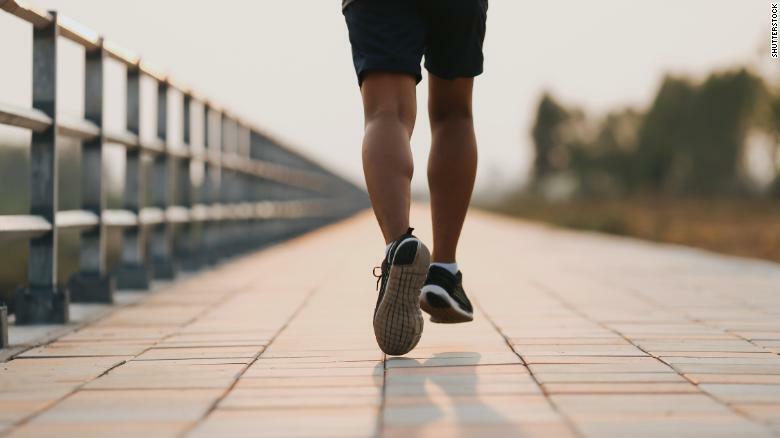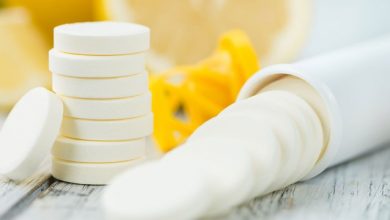Learning you have high cholesterol can be scary and overwhelming, especially if you’re not sure exactly what it means or how to fight it on your own. There are specific lifestyle and diet changes you can make right now to start lowering your cholesterol levels. But first, it’s important to better understand what high cholesterol means. Read on to find out more, and to ensure your health and the health of others, don’t miss these Sure Signs You Have “Long” COVID and May Not Even Know It.

How to Build Up Good Cholesterol
Cholesterol is a waxy substance found in your blood. It helps to build healthy cells but too much of it can lead to fatty deposits in your bloodstream. According to the Mayo Clinic, high cholesterol can increase your risk for heart disease, heart attack, or stroke. There are no symptoms of high cholesterol and no way to know you have it except through a blood test.
There are many ways to reduce your low-density lipoprotein (LDL) cholesterol level, also commonly referred to as the “bad” cholesterol. One of the best ways to fight high cholesterol is to start engaging in aerobic activity for 15 minutes every day. If you’re not already active, you can start by:
- Walking.
- Swimming.
- Bike riding.
- Jogging.
If you have a gym membership or gym equipment at home, you can also hop on at a low speed or light resistance for 15 minutes.
It’s important to stay consistent to see results. Triglycerides are present within the cholesterol profile and are used for energy. When you exercise, triglycerides are burned and your levels are lowered. According to the Cleveland Clinic, with regular cardiovascular exercise, your triglyceride levels can decrease an average of 24%. Exercise and a healthy diet has also been proven to increase your high-density lipoproteins (HDL), or “good” cholesterol.

Stick to This Exercise Plan
If you’re not currently active and have a diet that leaves much to be desired, you may reap the most benefits from your new exercise habit. Dr. Roger Blumenthal, MD from Johns Hopkins University states, “We’ve found that the people who benefit the most are those who had the worst diet and exercise habits to begin with. Some of those people reduce their LDL by 10-15% and increase their HDL by 20%.”
Once you’ve committed to your daily 15-minute exercise routine, step it up a notch. Walk a little faster, add another mile to your bike ride, or turn up the knob on your exercise machine. Increasing the intensity of your exercise or the time you dedicate to it allows for more dramatic results.
This technique works best when coupled with a healthy lifestyle and a diet full of fruits and vegetables. It’s also important to follow your doctor’s advice and instructions for your personal health. Go take a walk and fight back against your high cholesterol! And to get through life at your healthiest, don’t miss these First Signs You Have a Serious Illness.





